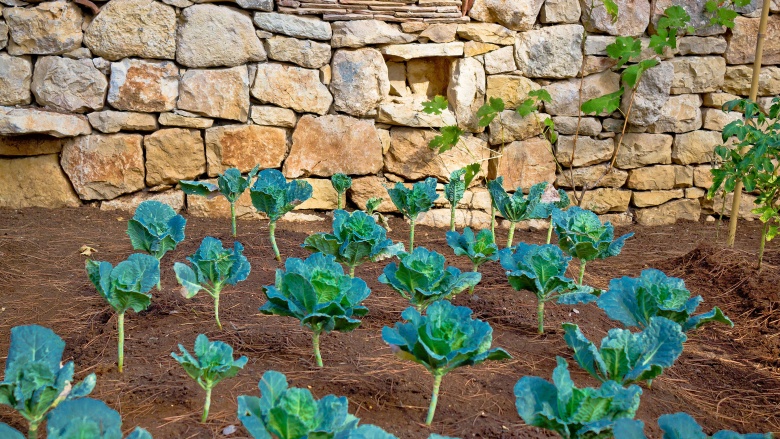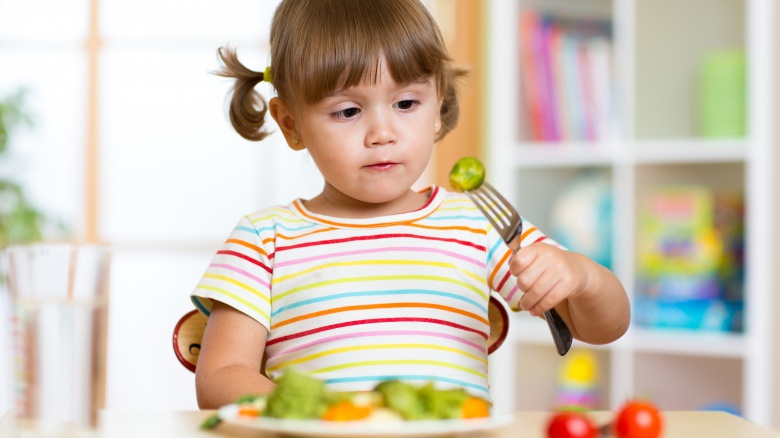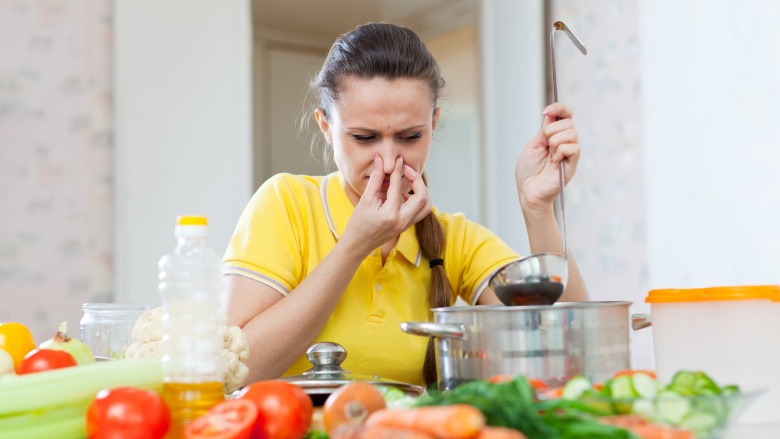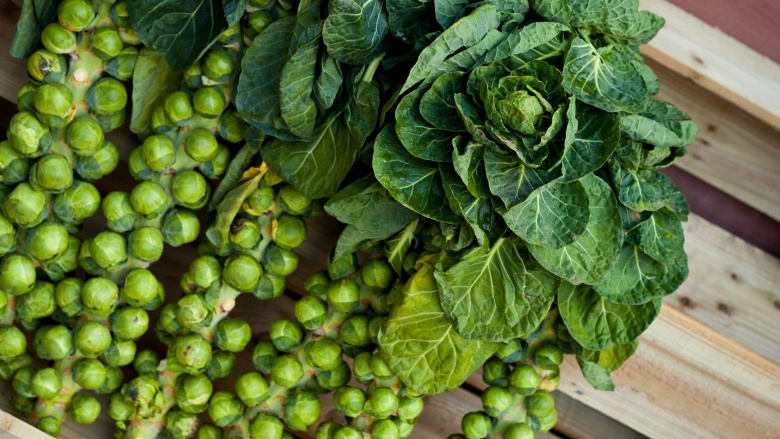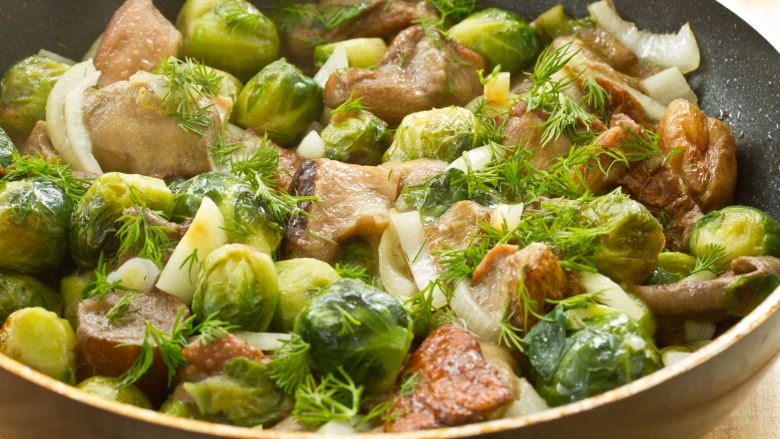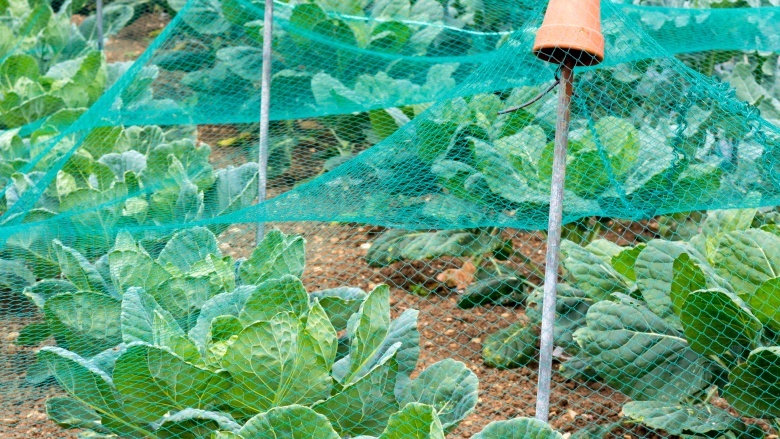How To Master Brussels Sprouts
So, you want to master Brussels sprouts? But does the very name fill you with dread? Brussels sprouts are members of the Brassica (or cruciferous) family of vegetables (which includes cabbage, kale, broccoli, and cauliflower) and have a decidedly stinky reputation that has made them a divisive veggie at the dinner table, so much so that a 2008 survey by Heinz identified the little green guys as the most hated vegetable in the U.S. But why are Brussels sprouts so disliked? Do they deserve their noxious rep, or have we just been cooking them all wrong? It's time to master our relationship with Brussels sprouts once and for all. This guide will help you do it.
The history of Brussels sprouts
If you want to be a true Brussels sprouts master, then you need to know a little bit about how these green buds came to grace our dinner tables. Food historians are divided on the exact origin of Brussels sprouts, with reports of the Brassica family of vegetables dating back at least 2,500 years, when they were enjoyed by ancient Greeks and Romans. The Brussels sprouts closest to the ones we consume today were cultivated in Belgium, where they got their name. As early as 1800, the French settlers arriving in Louisiana brought Brussels sprouts to the Americas, with some crediting the initial introduction to Thomas Jefferson adding the crop to his garden at Monticello in 1812.
Today, the majority of U.S. Brussels sprouts are grown in California, with most earmarked for the frozen food market. The popularity of Brussels sprouts appears to be increasing, despite their history as a veggie villain, with Brussels sprouts dishes appearing on more and more restaurant menus.
Brussels sprouts and nutrition
The rising popularity of Brussels sprouts may be due to their superfood status. With more vitamin C than an orange per serving and a huge dose of blood-friendly vitamin K, Brussels sprouts are a nutrient powerhouse. (However, anyone on anti-coagulation medications should avoid them.) Brussels sprouts also have something going for them that no other cruciferous veggie can boast: the highest levels of potentially cancer-fighting glucosinolates of any cruciferous vegetable. Take that, broccoli!
Brussels sprouts also enjoy a reputation as a fertility booster due to their high levels of folic acid and estrogen-metabolizing di-indolylmethane (or DIM). In fact, gossip from across the pond suggests that British royals Prince William and Kate Middleton have even munched on them when trying to conceive.
Why do Brussels sprouts stink?
Many home cooks shy away from Brussels sprouts. Their reputation for stinking up a kitchen, not to mention the particularly pungent flatulence their consumption can cause, are enough to potentially ruin your otherwise perfect dinner party. Like all cruciferous vegetables, Brussels sprouts are high in sulfur, which causes the eggy smell when cooked. They also contain high levels of raffinose, an indigestible carbohydrate found in beans. If you don't enjoy these foods regularly, you may experience the discomfort of raffinose literally fermenting in your lower intestine.
The good news is that a body accustomed to eating these healthy-smelly foods will eventually adapt to digesting the compounds. Until then, the gassy side effects associated with Brussels sprouts can be alleviated with fennel or peppermint teas, or digestive enzymes, like Beano, can be added to any recipe.
How to buy and prepare Brussels sprouts
If you truly want to master this misunderstood crucifer, walk on by the frozen food aisle and head straight to fresh produce. Fresh Brussels sprouts are most commonly available as individual buds that can range in size from 1 to 2 inches in diameter. Look for green buds or green buds that are tinged with purple. The freshest buds will have tight leaves and white bases, not brown or yellow. You may also see Brussels sprouts available for sale on their stalk, a great bet to ensure freshness and flavor. Brussels sprouts keep well in the fridge, but as with any fresh veggie, they should be used shortly after purchase for best flavor.
To prepare your sprouts for cooking, first rinse them in cool water. Then use a knife to cut off a small portion of the base and gently remove the first outer leaves, particularly those that are yellowed or torn.
How to cook Brussels sprouts
There is no shortage of ways to prepare Brussels sprouts. This delicious and hearty veggie stands up well to roasting, pan-frying, baking, and steaming. Brussels sprouts are also fantastic raw. When sliced very thinly, they are a welcome addition, or even the star attraction, in an all-season coleslaw. When cooking Brussels sprouts, there is but one cardinal rule: do not overcook them! If you have ever suffered the rotten egg smell of cooked Brussels sprouts, it's a sure bet those sprouts were cooked for too long. Brussels sprouts should only be cooked until they are light green in color (never grey!) and tender when pierced with a fork.
How to grow Brussels sprouts
Want to declare yourself the ultimate Brussels sprouts master? Nothing will announce your status to the world like cooking Brussels sprouts grown in your home garden.
Brussels sprouts are a cool weather, slow-growing crop, and they do well in most of the U.S. Like other cool-season vegetables, they do best in raised garden beds. According to The Old Farmers Almanac, Brussels sprouts are best harvested in the fall and are believed to be sweetest and tastiest after a light frost or two. A healthy plant can bear up to 3 pounds of buds and will survive until the first freeze of the winter.

